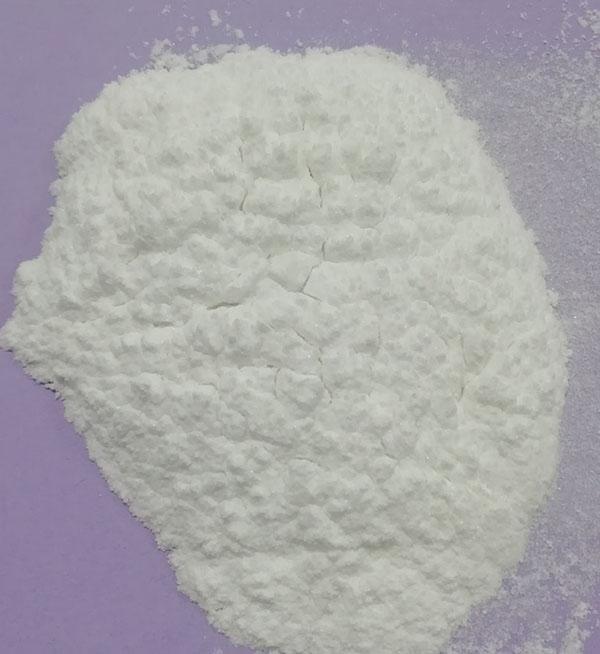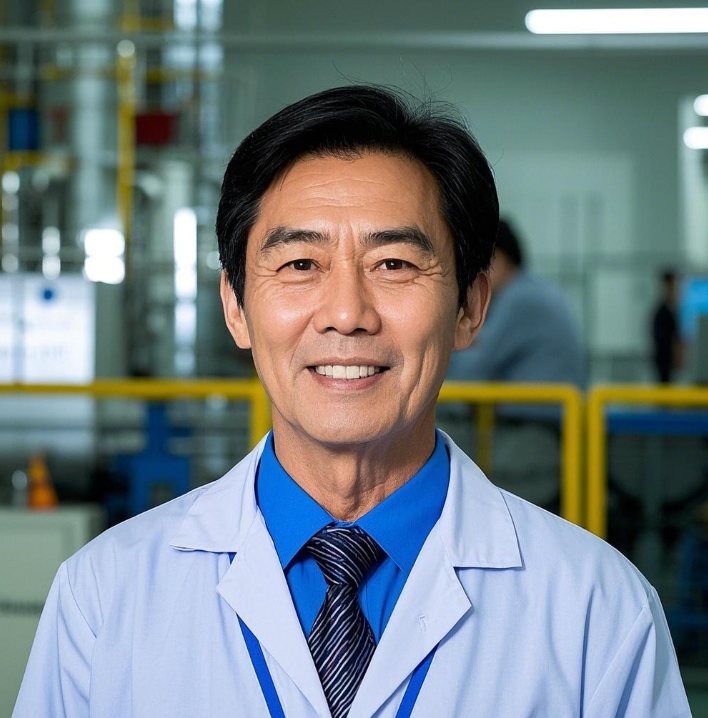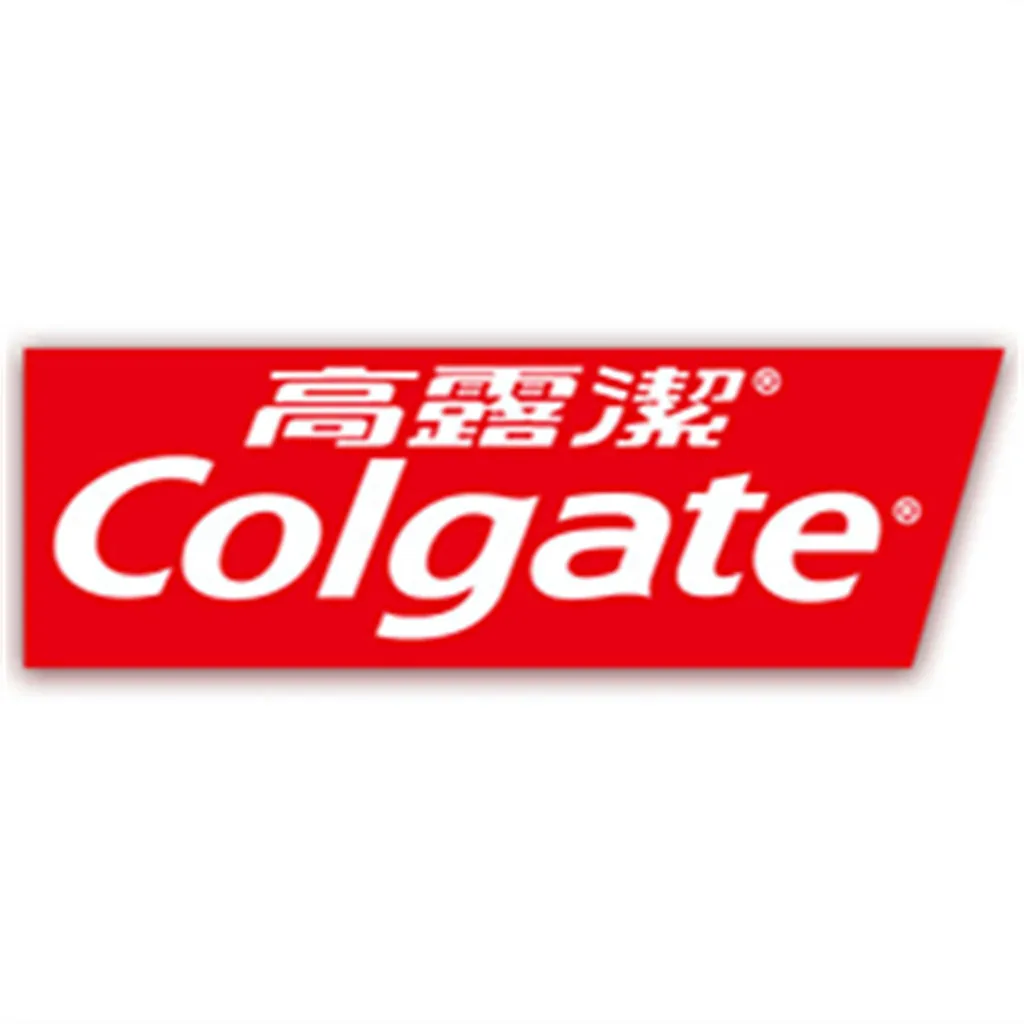
Stannous sulfate, with the CAS number 7488 - 55 - 3, is a white to slightly yellowish crystalline powder. It has a molecular formula of SnSO₄ and a molecular weight of approximately 214.77 g/mol. This product is supplied directly from the factory, ensuring high - quality and competitive pricing.
The purity of our stannous sulfate is typically above 98%, which meets most industrial requirements. It is soluble in water and forms acidic solutions due to hydrolysis. Stannous sulfate has good stability under normal storage conditions, but it should be protected from moisture and strong oxidizing agents.
1. Electroplating: Stannous sulfate is widely used in electroplating processes. It can be used to deposit tin coatings on various substrates, such as steel, copper, and brass. Tin - plated surfaces have excellent corrosion resistance, solderability, and aesthetic appearance. In electronic component manufacturing, tin - plated connectors and circuit boards are essential for ensuring reliable electrical connections.
2. Chemical Reagents: It serves as a reducing agent in many chemical reactions. In organic synthesis, stannous sulfate can be used to reduce certain functional groups, such as nitro groups to amino groups. It is also involved in the preparation of other tin compounds.
3. Dyeing and Printing: In the textile industry, stannous sulfate is used as a mordant in dyeing and printing processes. It helps the dye to adhere better to the fabric, resulting in more vivid and long - lasting colors.
1. Electroplating:
- First, prepare the electroplating bath. Dissolve an appropriate amount of stannous sulfate in deionized water to achieve the desired concentration, usually around 20 - 50 g/L.
- Adjust the pH of the bath to the appropriate range (usually 1 - 3) using sulfuric acid.
- Clean and activate the substrate to be plated thoroughly before placing it into the electroplating bath.
- Connect the substrate as the cathode and a suitable anode (such as a tin anode) to the power supply. Set the appropriate current density, typically in the range of 1 - 5 A/dm², and conduct the electroplating process for a specific period until the desired coating thickness is achieved.
2. Chemical Reactions:
- When using stannous sulfate as a reducing agent in a chemical reaction, add it gradually to the reaction mixture under appropriate reaction conditions (such as temperature and solvent). Stir the mixture well to ensure uniform reaction. The amount of stannous sulfate added should be calculated according to the stoichiometry of the reaction.
3. Textile Dyeing:
- Prepare a mordant solution by dissolving stannous sulfate in water. The concentration of the solution may vary depending on the type of fabric and dye used.
- Immerse the fabric in the mordant solution for a certain period, usually 30 minutes to 2 hours, at a suitable temperature (around 50 - 70°C).
- After mordanting, rinse the fabric thoroughly and then proceed with the dyeing process.
1. Electronic Component Manufacturer:
- A company that manufactures printed circuit boards (PCBs) was facing issues with poor solderability and corrosion of the copper pads on their PCBs. By switching to using our high - quality stannous sulfate in their electroplating process, they were able to deposit a uniform and dense tin coating on the copper pads. The new tin - plated PCBs showed significantly improved solderability, and the corrosion rate was reduced by more than 80%. This led to a decrease in production defects and an increase in customer satisfaction.
2. Organic Synthesis Laboratory:
- In a research laboratory, a team was working on synthesizing a new drug intermediate. They needed to reduce a nitro group to an amino group in one of the steps. After trying several reducing agents, they found that stannous sulfate provided the highest yield and purity of the desired product. The reaction conditions were optimized using stannous sulfate, and the overall synthesis efficiency was improved by 30%.
3. Textile Dyeing Factory:
- A textile dyeing factory was struggling with inconsistent color fastness of their dyed fabrics. By using stannous sulfate as a mordant, they were able to improve the adhesion of the dye to the fabric. The color fastness of the dyed fabrics increased from a rating of 2 - 3 to 4 - 5 on the standard color fastness scale. This

Este es William, CEO de Zhishang Chemical Co., Ltd.
Le invitamos a visitar nuestra fábrica. Como el fabricante de productos químicos superior, nos hemos estado esforzando para la calidad del producto, la innovación, el R&D, y el servicio de atención al cliente por los últimos 7 años. En los próximos 10 años o incluso más, nos comprometemos a convertirnos en el proveedor de productos químicos más fiable del mundo, creando una marca internacional conocida en la que confíen los clientes, con el espíritu de "un metro de ancho, diez mil metros de profundidad", seguimos centrándonos en la investigación y el desarrollo de productos, seguimos centrándonos en el servicio al cliente, seguimos mejorando el sistema de servicio de la cadena de suministro, para crear un equipo profesional de servicio de suministro de productos químicos, para lograr una cooperación a largo plazo en la que todos ganen. No dude en ponerse en contacto con nosotros si tiene alguna pregunta.











